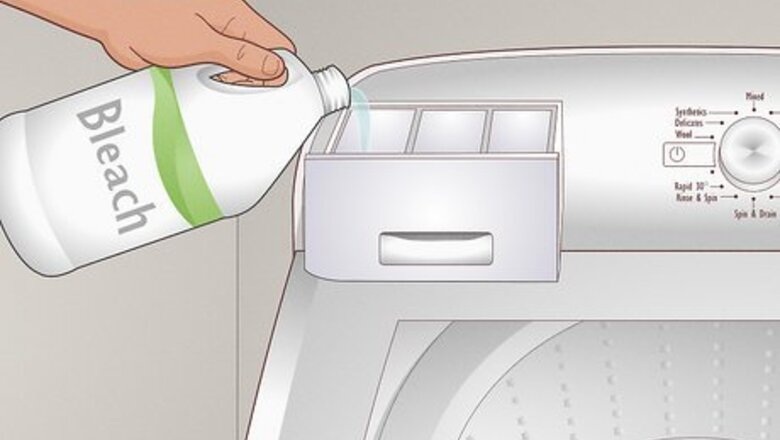
views
Cleaning a Top-Loading Washer With Bleach
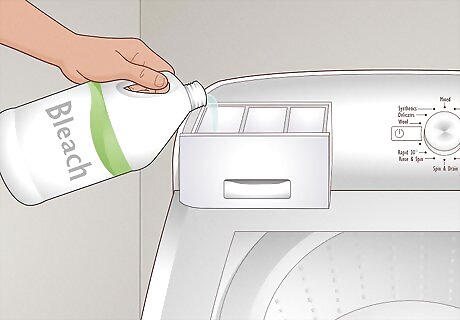
Fill the bleach dispenser with bleach. Most modern washing machines have a bleach dispenser drawer or compartment. Fill the drawer or compartment completely with bleach. Older models may not have a bleach dispenser. If this is the case with your washer, simply add between a half and a full cup of bleach directly into your machine's tub. If your bleach dispenser holds less than a quarter cup of bleach, you may want to consider using concentrated bleach. This will allow you to use the bleach dispenser but get the cleaning power of more bleach.
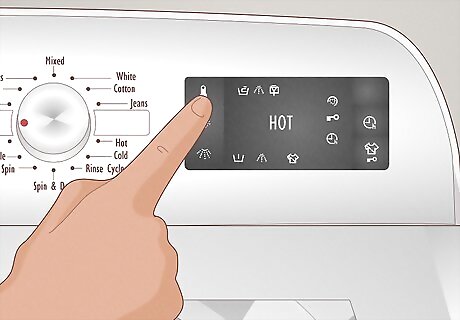
Turn the temperature to hot. Hot water will help to sanitize and clean the inside of the washer. It will more effectively loosen any oils and grease that has built up over time than cold water would. The hot cycle does require more energy than a cold cycle, but if you only clean your washer every few months, you are not using than much more energy.
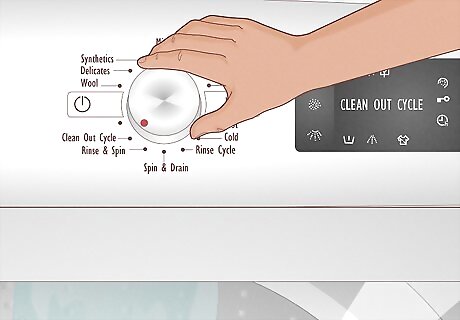
Run the washer. You can either run a regular long cycle or, if your washer has one of these settings, a “Maintenance Cycle” or “Clean Out Cycle.” Both will swirl the bleach and hot water around the washer basin and the agitator, cleaning them thoroughly. Make sure the washer is empty when you run it. Any fabrics that are left in the washer will get bleach on them.
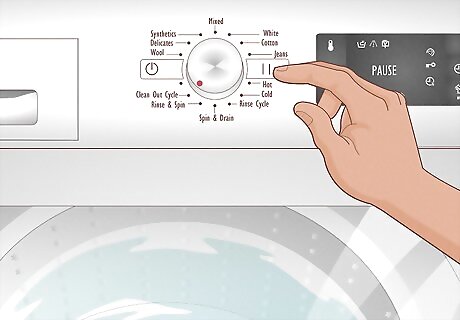
Pause the cycle once the machine fills with water. In order to allow the bleach to really clean the inside of your machine, you should turn the machine off and allow the bleach to soak in the drum. Let it sit for about an hour before turning it back on and finishing up the cycle. You can stop the cycle on most machines by opening the door or pulling on the dial.
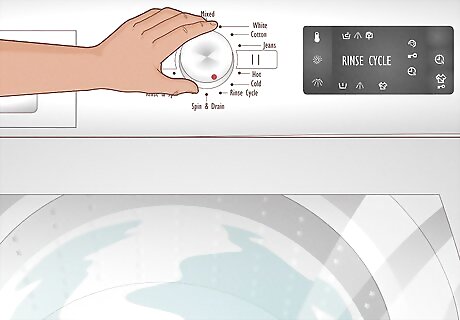
Consider running a rinse cycle. If you are concerned with some residual bleach being present in the tub of your washer, consider running the washer a second time on hot, but without adding bleach. This second wash will get rid of any left over bleach. However, you could just choose to run a cycle of whites after you clean the washer, which would clean out any residual bleach and benefit the white fabrics. Some people also suggest that you put a little vinegar in with this second wash to really get rid of the bleach. However, mixing bleach and vinegar can cause dangerous chlorine gas to be created, so this should not be done.
Cleaning a Front-Loading Washer with Bleach
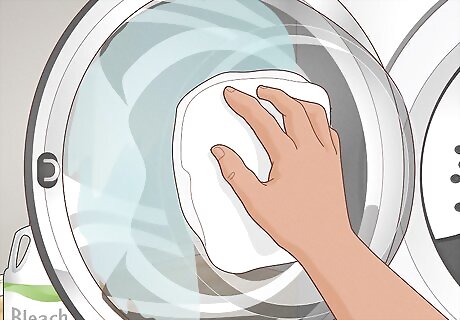
Wipe down the inside of the door with diluted bleach water. The inside of the door on a front-loading washer is especially prone to a buildup of dirt and mildew. Take a cloth that has been dipped in a diluted bleach solution and wipe down all the areas of the door that have dirt buildup and mildew growth. The bleach solution should be made by mixing ½ cup bleach with 1 gallon (3.8 L) water. Wiping down the inside of the door before you run a wash cycle will assure that any bleach that remains gets washed away.

Add bleach to the washer. You should fill the bleach compartment on your washer in order to clean the interior of the washer. This should require less than a cup of bleach, but amounts will vary. Modern, front-loading washers all have bleach compartments, so look on the washer's instructions for the location if you can't find it. You may also want to pour a bit of bleach into the laundry detergent dispenser in your washer. Using about a 1/2 cup of bleach in the detergent dispenser will help to clean out the whole washer.
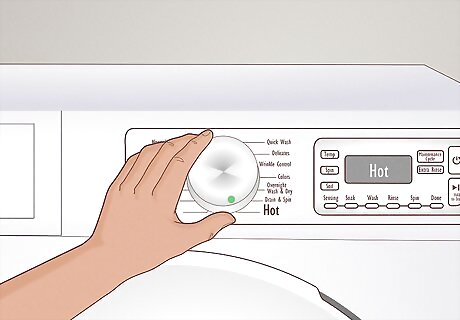
Set the dials on your washer. Turn your washer to hot. It is a good idea to use hot water when cleaning out your washer. This helps to assure that all gunk and grime is removed. You may also want to turn the "extra rinse" function on if your washer has one. This will make sure that the bleach you use is fully removed at the end of cleaning.
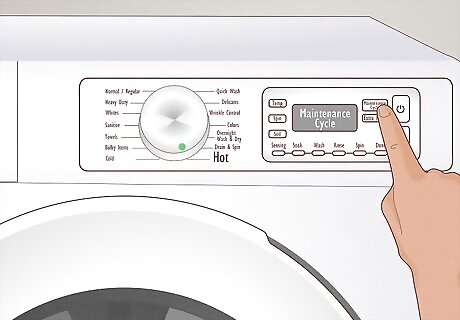
Run the washer. If you have not cleaned your washer in a long time, or ever, you should pick a long cycle to run. If you clean your washer regularly, a regular cycle wash should suffice. Some machines have a special "Maintenance Cycle” or “Clean Out Cycle” that you can run. These cycles are designed to be most effective for cleaning out your washer.
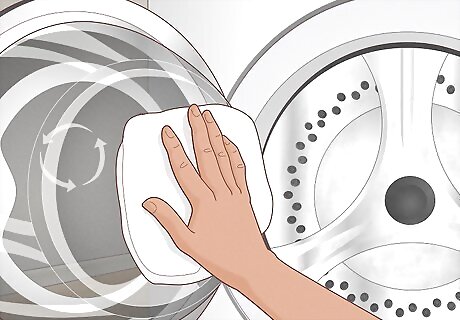
Clean your washer regularly. You should clean and sanitize the inside of your washer every few months. This will help to keep excess detergent and grime from building up on the inside of your washer. Front-loading washers tend to allow dirt and grime to build up easier than traditional top-loading washers because they use less water and their design allows it to happen. Because of this, it's a good idea to sanitize a front-loading washer more often than you would a traditional top-loading washer.
Wiping Down Additional Areas
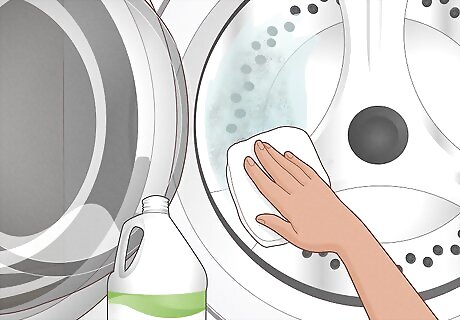
Clean any stained areas with bleach. If you have used your washer to clean especially dirty items or dyed items, it may be getting pretty stained up. Use a mixture of ½ cup bleach to 1 gallon (3.8 L) water to clean areas that are stained. This mixture should reduce, or eliminate, the stains.
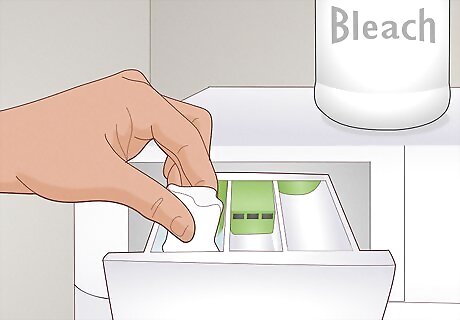
Remember to clean out drawers or compartments. The drawers or compartments used to deliver detergent into the machine can be cleaned with bleach as well. Even the bleach drawer or compartment can get a scrub down. Take a cloth covered in a diluted bleach and water mixture and wipe down all the surfaces on the drawer or compartment. Even though you run soap and bleach through these areas, they can have dirt and debris build-up. This is especially true of the detergent compartment, because of the sticky nature of liquid detergent.
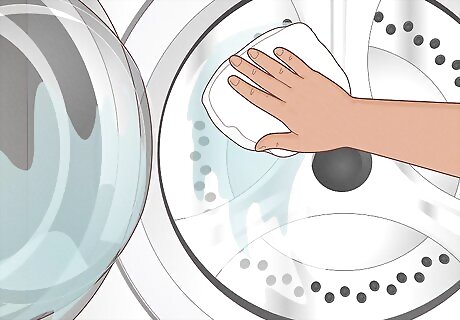
Rinse areas after cleaning with bleach. To avoid getting bleach stains on your clothes in the future, you should rinse areas you have cleaned with bleach or wipe then down again with a cloth covered in warm water. Getting rid of bleach residue after cleaning with it can really minimize the risk of accidental bleaching.















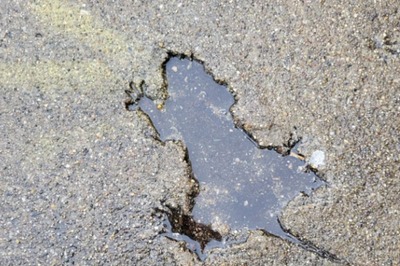

Comments
0 comment